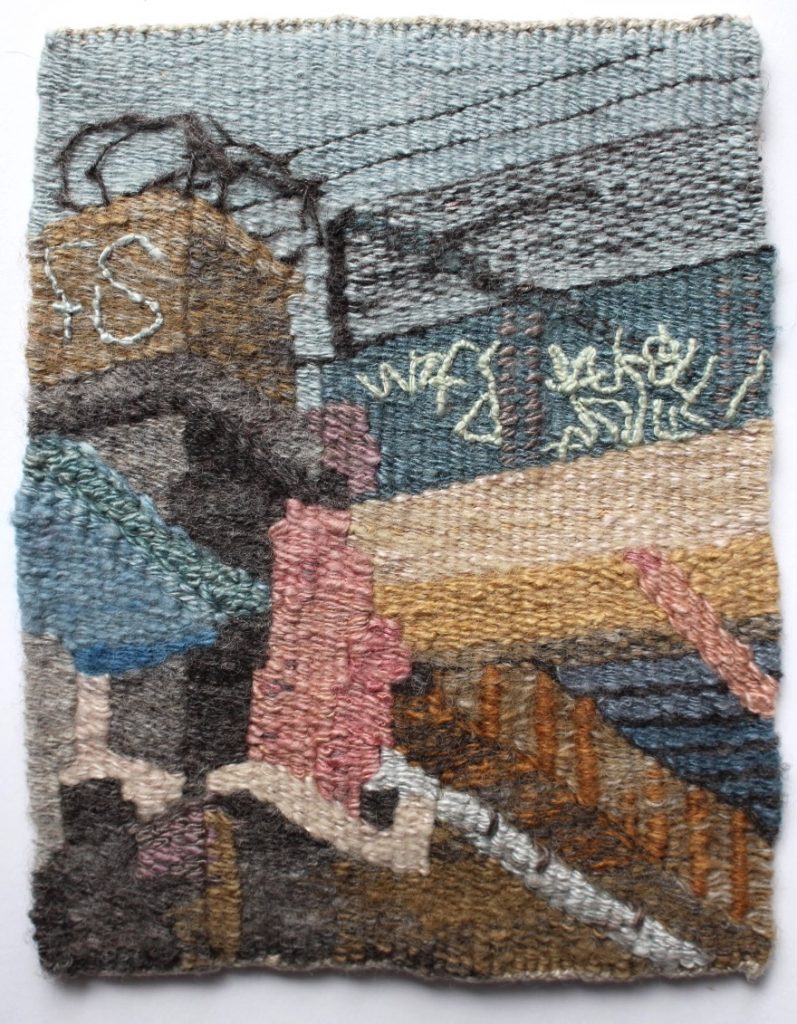
The vital question is… by what criterion are we to judge that the Church is now headed in the right direction?
Answering first in the negative, Kung comments, …the Church is not on the right path so long as it adapts itself to the present; nor is it on the right path as long as it holds fast to the past.
How do we know the Church is on the right path? — … the Church is headed in the right direction when, whatever the age in which it lives, the Gospel of Jesus Christ is its criterion..

This post is mostly a stream of consciousness regarding “How do we know the church is on the right path?”. I prefer “How do we know the church is on the wrong path?”. I am much better at seeing what is wrong than what is right. As I continue to ponder, I’m finding a lot of threads to pull. The church tapestry I created over many years is unraveling.
This quote from Kung cited earlier is an example of one those threads: “… the salvific act in Jesus Christ is the origin of the Church; but it is more than the starting point or the first phase of its history, it is something which at any given time determine the whole history of the Church and defines its essential nature.”
The restoration movement, which is my heritage, marked the Day of Pentecost as the origin of the church. The NT book of Acts was the blueprint for the church, particularly 2:38-47. ( I wrote a post about my church heritage. You can read it HERE.) The Day of Pentecost as the church’s origin shaped our ecclesiology profoundly. For example, the book of acts was the primary resource for teaching and preaching. The rest of New Testament was relevant but clearly secondary. The four Gospels were admired but were mostly for devotional reading while the important work was done in the instruction manual, Acts, and the apostle Paul’s epistles. Cornerstones of true church’s buildings were engraved with “Established AD 33″. The Old Testament was irrelevant to ecclesiology. I remember the distribution of handy little —”The New Testament and Psalms ” — Bibles. The endgame was getting church right, everything else became a means to that end.
Perhaps you find what I described above as troubling as I do. However, I suggest that premise is widely held in western Christianity and shapes perceptions about what church is and should look like. There are many variations but at the core is Pentecost. It seems to me, more than ever, the endgame is getting church right. It is for that reason, I find Kung’s declaration : — “…the Church is headed in the right direction when, whatever the age in which it lives, the Gospel of Jesus Christ is its criterion.” — an important shift from getting church “right” to embracing the origin of the church as “God’s salvific act in Jesus Christ”, a concrete reality in which the essence of Church — real church is found.
It is difficult, maybe impossible, to set aside preconceived notions of church and reimagine church. Perhaps some Sunday school “desert island” speculation could be helpful.
What if ?, there were 200 God believers on a desert island, born and raised with no contact with the outside world, except for a bottle that washed up on the beach which contained the following note:
“For God so loved the world that he gave his one and only Son, that whoever believes in him shall not perish but have eternal life; he has rescued you from the dominion of darkness and brought you all into the kingdom of the Son he loves, in whom we have redemption, the forgiveness of sins.”
Limited to a single statement of God’s salvific act in his Son, what would their ecclesiology be?
As with most “desert island” questions, its improbably tempts one to discount any relevance, but if the origin of the church is God’s salvific act in Jesus Christ, it seems to be a good starting point on the path to discovering real church.
At this point, I say, with reasonable confidence, that their life and community would be characterized primarily by what Good News produces — gratitude .

Posts to follow will continue exploring ecclesiology of “The Good News in a Bottle Church”. Creative insights are welcome. Critiques also.
Still on the journey.